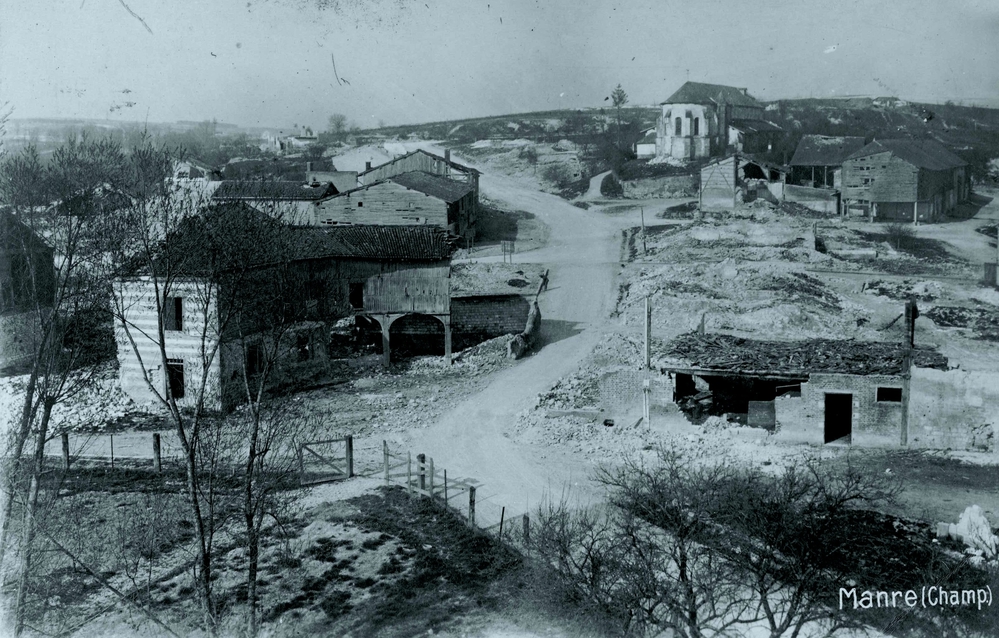
Atlas Obscura recently reported that some of the WWI battlegrounds in France, particularly around Verdun, still have great swathes of land, some of it larger than Paris itself, that are hostile to humans.
World War I was the first modern war. Over a century later, we sometimes have trouble thinking of the Great War as modern, especially when women were still wearing corsets, hemlines brushed the ground, and cannon were still pulled around battlefields by horses.
But WWI saw the introduction of biological warfare. Poisonous gas, including the infamous Mustard Gas, was used by both sides. It was used so heavily and caused such death and misery that the Geneva Protoccol was signed in 1927, an international accord agreeing to not use toxic gases in war. And no war since then has seen the use of gas in the amounts used in World War I.
Plus, there was the artillery. The Verdun, alone, saw 60 million shells fall upon the land, and it is estimated that over 15 million of them did not explode, making them still lethal legacies buried in the earth.
The land has also absorbed fallen bodies that were never recovered, is torn up by trenches, and whole villages disappeared, their ruins overrun by weeds. Tunnels built during the war were propped up with timbers that have aged and crumbled, making the land subside or collapse at the smallest weight upon them.
It is still dangerous to go near these areas, which are designated as Red Zones.
There were 20 million deaths and 21 million wounded. The total number of deaths includes 9.7 million military personnel and about 10 million civilians.* More civilians died than soldiers.
Lest we forget is an apt warning…only 20 years later the world went right back to war.
Why am I mentioning this?
I’ve done a lot of research around the Great War in France, trench warfare and other delightful (not) subjects, primarily for stories I’ve written under other pen names.
As soon as I read the Atlas Obscura article, my writing brain went into overdrive.
What if there was a war between magical beings, and those Red Zones were the result of powerful magic?
They could still be toxic to humans, but a hundred years…no, let’s make it a thousand years later, humans still venture there, because they can find objects that were so saturated by the overwhelming power running freely on the ancient battlefields, that they can be used to cast spells even by those without a skerrick of power of their own.
But the power is unpredictable, because it wasn’t being directed by those who weilded it in the first place: in the war, the power was used purely to cause death and destruction, so these objects and their inherent power are risky to use. Spells cast by tapping into the relics can and often do go very wrong.
Yet the power is a type that has never been seen since. None of the power-weilders or their descendents have survived. The war relics are sought-after and bought and resold for small fortunes.
Then rumours begin to circulate that the most powerful relic recorded to date has been found by a…let’s make them a slave, or someone so low in the social strata that they’re usually beneath notice. This hero of the story has found the relic, and now a dozen different world governments, magic agencies and other institutions want the relic and will do anything to get it.
Only no one knows where it is, because the protagonist has hidden it, somewhere in the Red Zone….
_________
I quite often get asked “where do you get all those story ideas?”
This is an example of where they all come from. That is…everywhere. I never know what will fire off my story synapses. The Atlas Obscura article booted my brain this time. Next time it could be someone I see in the coffee shop, or a meme on social media.
Stories really are everywhere. It’s what you do with them when you trip over them that makes the difference.
I might turn this idea into a story of its own. I might use the idea within a bigger story, that has a dozen different ideas in it.
It’s possible you’ll read one of my novels one day, and sit bolt upright and say to yourself, “I recognize this idea! I know where it came from!”
Taylen.